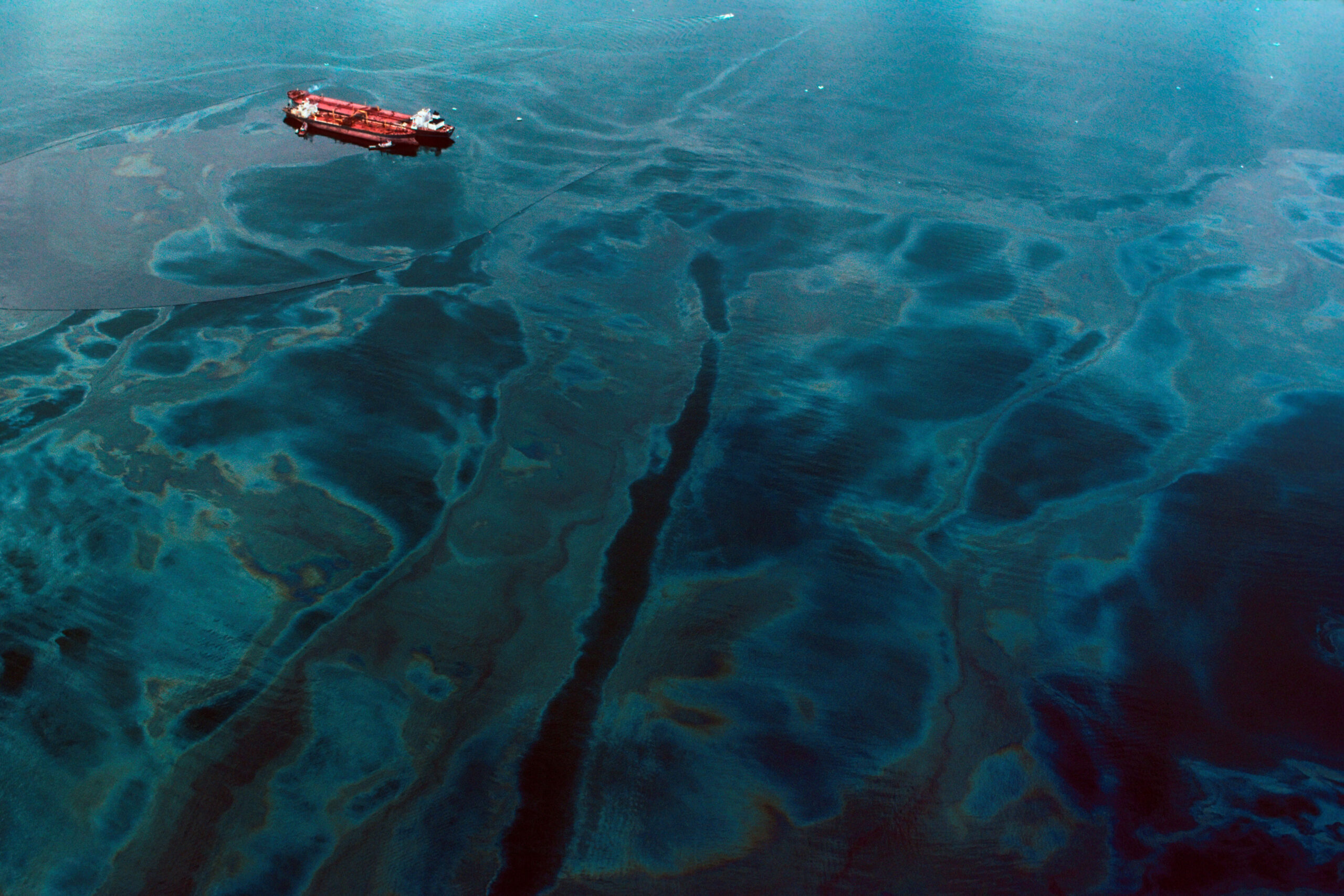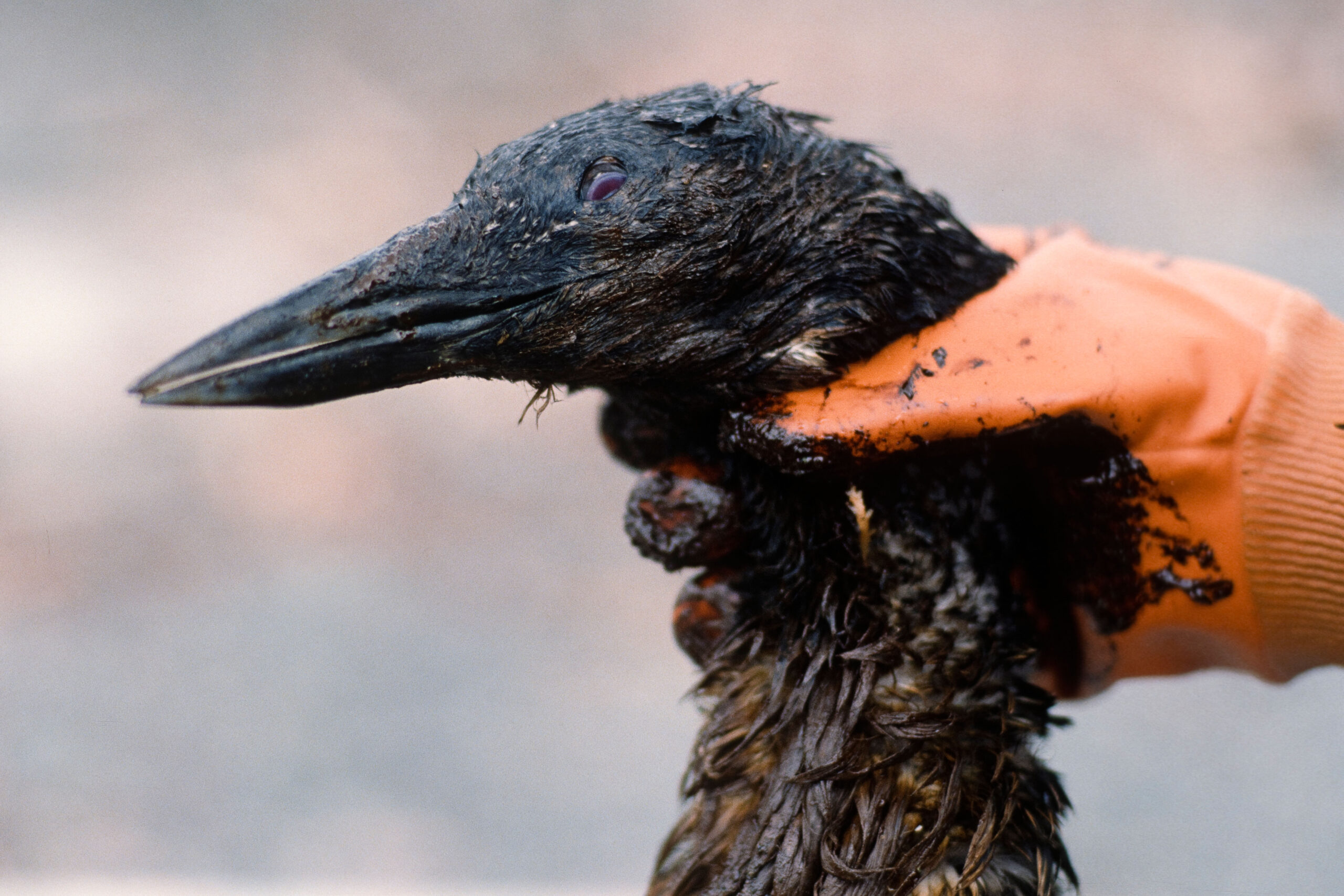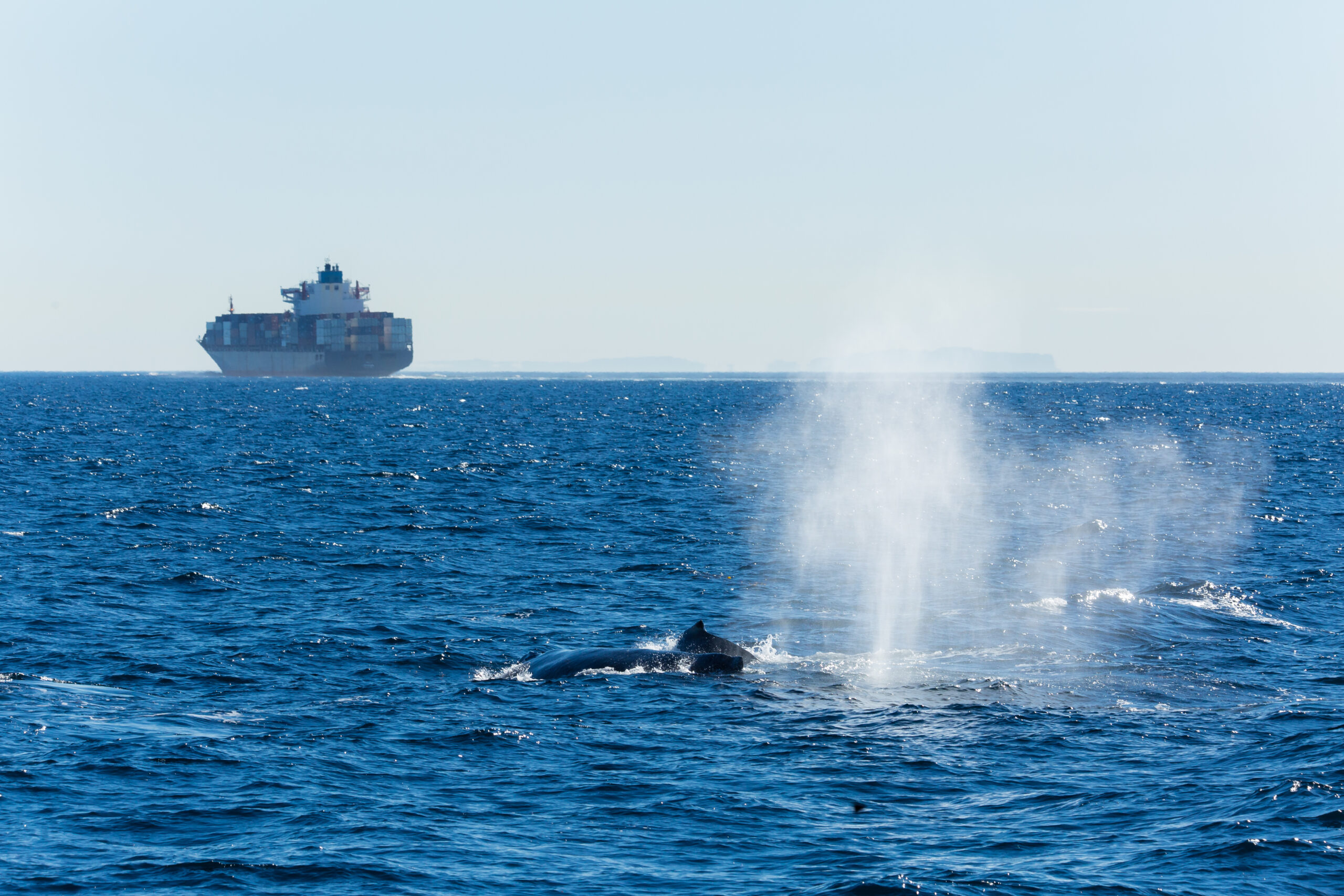Preventing Another Exxon Valdez Disaster
Five ways to make Arctic shipping safer

Thirty years ago—just after midnight on March 24, 1989—the tanker Exxon Valdez ran aground in Alaska’s Prince William Sound. The damaged ship spilled roughly 11 million gallons of oil into the ocean, killing and injuring seabirds, sea otters, harbor seals, bald eagles, orcas and other marine wildlife. In the days that followed, the oil spread, contaminating more than 1,300 miles of Alaska’s coastline. The crude oil had been transported by pipeline from the Arctic’s Prudhoe Bay before being loaded onto the tanker. Decades after one of the worst environmental disasters in United States history, oil still clings to some beaches in the region.
In the aftermath of the Exxon Valdez spill, Ocean Conservancy—then called Center for Marine Conservation—joined with others to make shipping safer in Alaska and prevent another devastating accident. Back then, we advocated for tighter regulations, like requiring double-hulled oil tankers in United States waters and increased corporate liability for oil spills. More recently, we’ve worked to set up shipping routes that avoid sensitive marine habitat in the Aleutian Islands and Bering Strait.

Arctic marine waters—including the Bering, Chukchi and Beaufort seas—are full of life. They are home to iconic marine mammals like walruses, bowhead whales and ice-dependent seals. Each summer, millions of seabirds take advantage of seasonal abundance. Indigenous peoples have lived in Arctic coastal communities for thousands of years and continue to rely on a healthy ocean as a source of food and to sustain traditional cultural practices.
Seasonal sea ice is decreasing in extent and thickness, and the ice-free season is getting longer. That’s fueled a trend that’s expected to continue as more ships travel through the Bering Strait on trans-Arctic routes like Russia’s Northern Sea Route or Canada’s Northwest Passage. Other vessels deliver supplies to Arctic communities or industrial projects in the north.
If not managed properly, the growth in vessel traffic in Alaska’s waters could have significant impacts. It could lead to more air and water pollution, create conflicts with indigenous hunters in small boats, increase ship strikes on marine mammals, cause higher levels of harmful underwater noise and introduce destructive invasive species. And there’s always the danger of another oil spill like the Exxon Valdez disaster.
A shipping accident in the remote Arctic would pose enormous challenges. Search and rescue crews would have to travel great distances and could be delayed by harsh weather. Recovering oil from a major spill would be all but impossible.
The best way to avoid such accidents is to prevent them from happening in the first place. Fortunately, forward-looking safety measures can minimize the impacts of vessel traffic in the Arctic. Here are five key changes that are needed:
- We can set up safe shipping corridors that are charted to modern standards and avoid sensitive marine habitats and subsistence use areas;
- We can ban ships’ use and carriage for use of heavy fuel oil—one of the dirtiest fuels in the world—in the Arctic;
- We can improve our ability to respond quickly and effectively to vessels in distress, including increasing search and rescue capacity, and providing oil spill cleanup equipment and training;
- We can make the most of new and emerging maritime communications and navigation technologies to help ships steer clear of danger; and
- We can require more stringent rules about air and water pollution from vessels in the Arctic.
